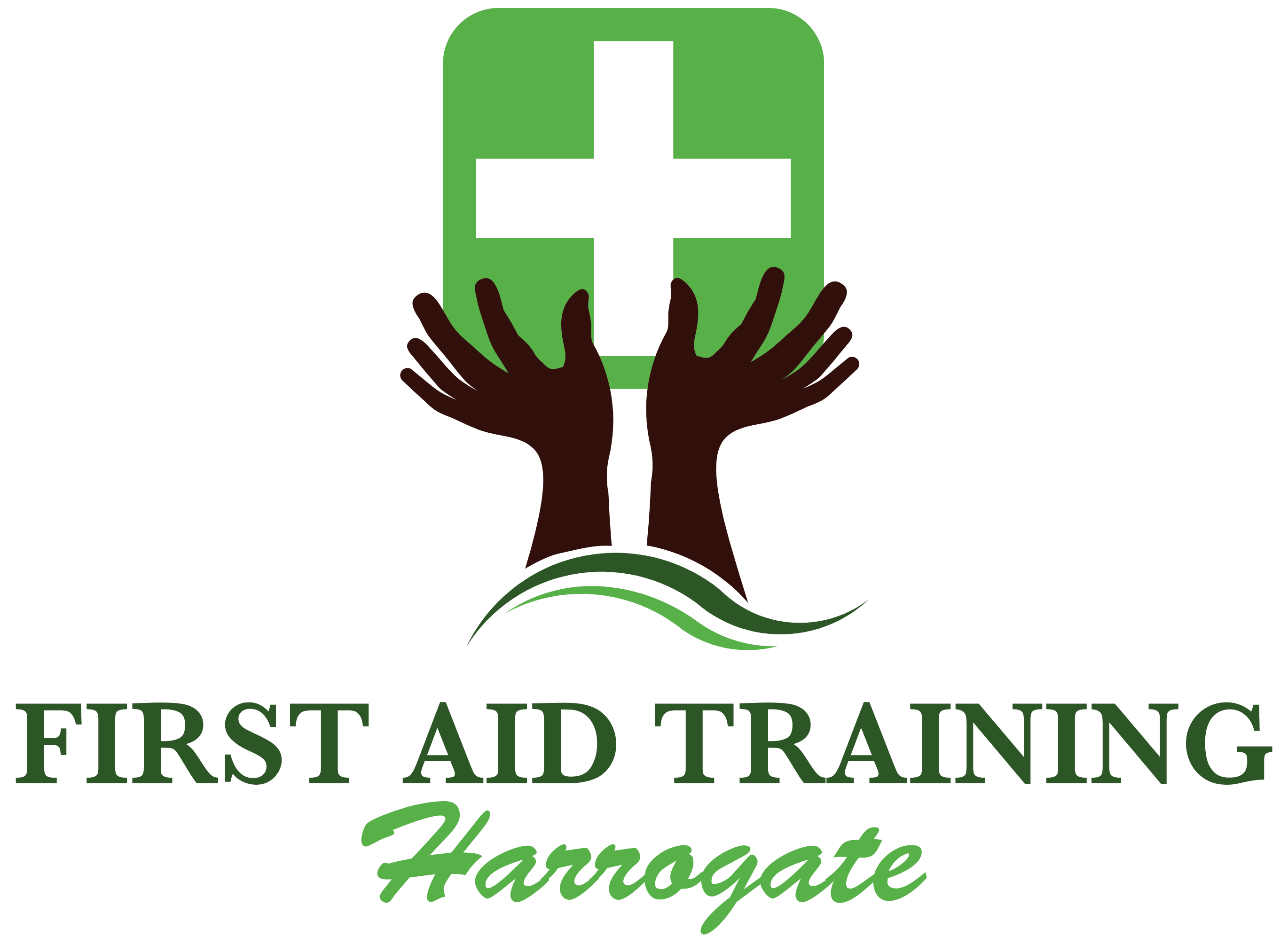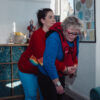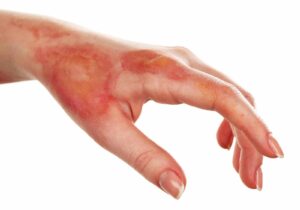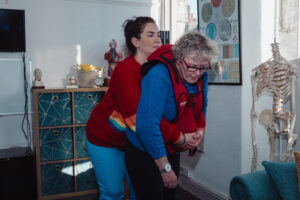What is hypothermia?
Hypothermia is a serious medical condition that occurs when a person’s body loses heat faster than it can produce it. It is usually the result of prolonged exposure to cold weather conditions, cold water, cold winds or a combination of these factors. Consequently, this causes the person’s core body temperature to drop below the normal range of 35 to 36 degrees Celsius or 95 to 97 degrees Fahrenheit. Hypothermia is especially dangerous because it can lead to severe complications and, if left untreated, can be life-threatening.
As the body’s temperature drops, vital organs and bodily functions become compromised and the risk of cardiac arrest increases. The individual may also lose the ability to think clearly or take the right actions to keep warm by themselves.
Small children, the elderly and individuals with certain medical conditions are the most susceptible to hypothermia, but also drug or alcohol use can increase the risk because of impaired judgement in cold conditions.
Recognizing Hypothermia: Signs and Symptoms
Early signs of hypothermia include shivering, cold, pale or blue skin, numbness and confusion. This may then progress to loss of coordination, inability to move and unconsciousness.
It’s important to understand the progression of symptoms from mild to severe hypothermia as in the severe stages, it could lead to frostbite, organ failure and ultimately, death.
Immediate actions to take
Prompt and appropriate first aid is crucial for the successful treatment of hypothermia.
This is the sequence of actions to take:
- Move to a Safe Location
If possible, move the individual to a sheltered place preferably one that is warm to prevent further heat loss. If no shelter is available, shield them from the wind, rain, and cold as much as you can.
- Call for emergency assistance
Dial 999 to request professional medical assistance. Provide specific information about the person’s condition and location when prompted.
- Assess vital signs
Assess if the person is conscious, if they are breathing, and if they have a pulse. Begin emergency CPR if necessary. Be cautious, as hypothermic individuals may appear unconscious even when they are not.
- Remove wet clothing
Wearing wet clothing and garments will make it harder for an individual’s temperature to increase, therefore remove any wet garments, accessories or headwear and replace them with dry clothing. If this is not possible, then cover the person with a warm blanket or towels.
- Insulate from below up
If you are outdoors, try to place an insulating layer, for example, a dry mat or a dry blanket or towel underneath the person so that they don’t have immediate contact with the cold ground. Apply warm compresses to areas with major blood vessels (neck, chest, and groin). Avoid using very hot objects like hot water bottles or heating pads as these could result in rewarming shock and put additional stress on the body. If limited resources are available, encourage sharing body warmth by huddling close to the person and sharing your body heat with them.
- Offer warm drinks
If possible, offer warm, non-alcoholic and caffeine-free beverages to help raise the person’s internal body temperature. Herbal teas or warm water would be best.
- Monitor closely
Continuously assess the individual’s vital signs and responsiveness. Continue first aid measures until emergency help arrives.
Would you know what to do in this situation?
When it comes to emergency first aid situations, being knowledgeable and prepared is always a major advantage and can result in saving someone’s life.
If you are interested in Emergency First Aid Training either in your workplace or individually, I would love to welcome you onto one of my courses.
Please get in touch either by emailing patti.hemmings@hotmail.com or phoning me on 07787 831 275.








